Although “orthodontics=plastic surgery” may be an exaggeration, orthodontics can indeed help correct poor facial features, especially in improving the profile of patients with non skeletal deformities.
What is orthodontics?
Orthodontics, also known as ortho or teeth straightening, primarily focuses on the study, diagnosis, prevention, and treatment of malocclusion; It is a process where orthodontic appliances are used to realign teeth without altering their natural shape, thereby enhancing the structural, functional, and aesthetic aspects of the dental occlusion.

Additionally, dental orthodontic treatment duration are generally lengthy, ranging from 1 to 2 years, with at least one check-up per month. After the completion of the therapy, retention with a retainer is typically required for around 2 years (PS: Duration varies from person to person, please follow your doctor’s advice specifically).
What kind of teeth require orthodontic treatment?
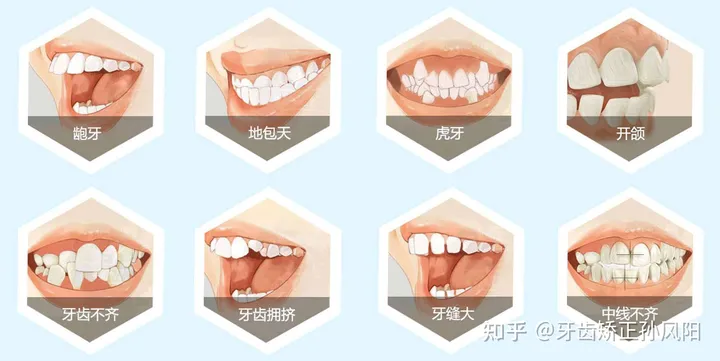
Orthodontics is mainly the study, diagnosis, prevention, and treatment of malocclusion, which means that any malocclusion of teeth requires orthodontic treatment, as shown in the image above.
Malocclusion
Generally refers to the deformities of teeth, jaw bones, and craniofacial structures caused by genetic and environmental factors during the process of growth and development, manifested as irregular tooth arrangement, abnormal occlusion relationship between the upper and lower jaw arch, and abnormal size, shape, and position of the jaw bone.
Principles and appliances of orthodontics
Orthodontic principle
Simply put, it is to apply a suitable external force on the teeth using orthodontic appliances, which will be transmitted through the teeth to the alveolar bone around them, resulting in the reconstruction of the metabolically active alveolar bone, thus driving the slow movement of the teeth together.
Appliances
The appliances used in orthodontic treatment include functional appliance, removable appliance, fixed appliance, and now the more popular invisible appliances. Among them, the fixed appliances are widely recognized as having the best orthodontic effect and the highest cost-effectiveness.
What does a fixed appliance consist of?
Fixed appliance include brackets, buccal tubes and bands, arch wires, etc.
1、Bracket
The scientific name of the “square” fixed on the surface of the tooth by adhesive is called bracket.
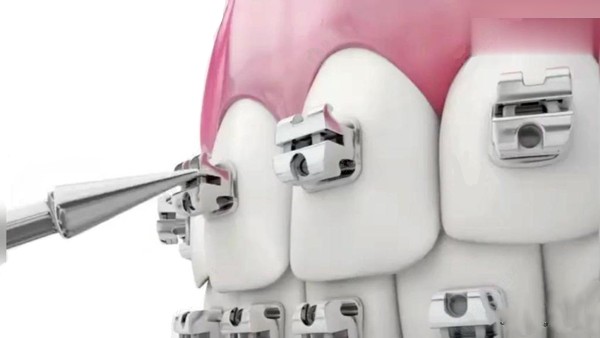
2、Orthodontic Bands and Buccal Tubes
The “square” attached to the large teeth is called the buccal tube. Some large teeth are fitted with a “ring”, known as a band, and the buccal tube is welded to the band.

3、Wire
The wire that connects the bracket and the buccal tube is the arch wire, which is generally replaced gradually as the teeth are aligned, from thin to thick.
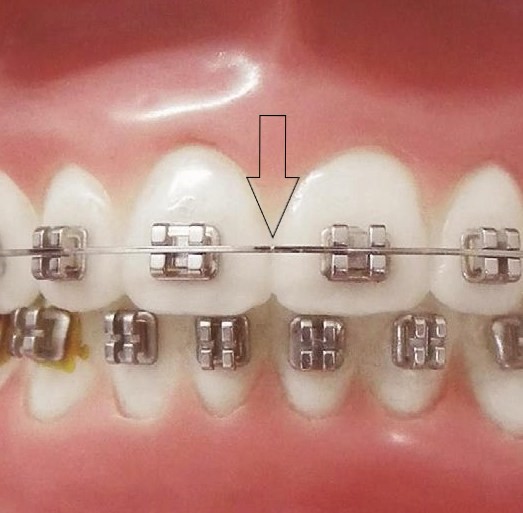
4、Other attachments
For some special types of malocclusion, special accessories such as traction hook and anchorage nail are needed during orthodontic treatment.
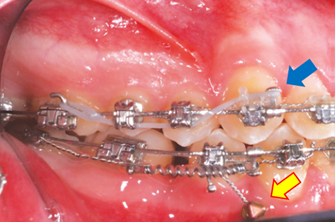
and the yellow arrow is the anchorage nail
How to take care of the oral cavity during orthodontic treatment?
Bracket and arch wire can make the tooth surface uneven, making it easier for bacteria and food residue to remain. Therefore, after wearing the Fixed appliance, be sure to pay attention to oral hygiene.
Because, if you don’t clean your mouth effectively and timely, it is very easy to cause red and swollen gums, bleeding, Dental demineralization , cavities, and even loose and falling off of teeth in serious cases.
oral care methods
1.Brush your teeth regularly
Brush your teeth half an hour after each meal and before your next visit. The edges of the brackets and the roots of the teeth are the key areas to clean. If there are anchorage nail in your mouth, you also need to thoroughly clean the surrounding area.
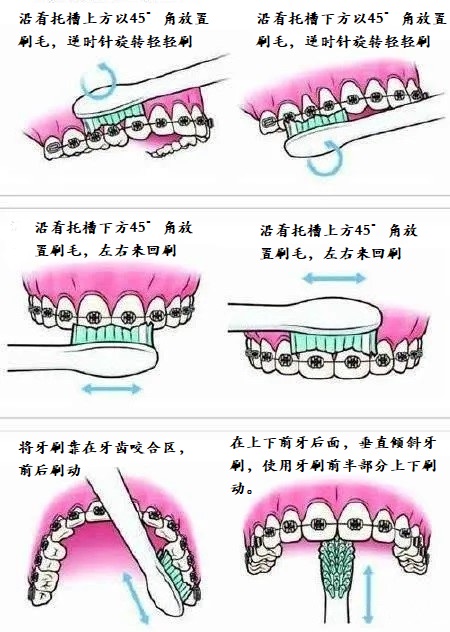
2.Use dental floss, water flosser and other auxiliary tools for cleaning
Due to the presence of brackets and arch wires, it is often impossible to remove food debris and bacteria during regular brushing. At this point, we need to use dental floss to pass under the wire and press it into the adjacent surface to clean the tooth gap. Use a dental floss brush to clean the blind corner under the arch wire and on the side of the bracket.
Of course, a more convenient and efficient method is to use water flosser, such as this JIEYANG bigsmile portable water flosser, with a water pressure of 5-160PSI and equipped with a high-frequency pulse technology of 1400 times per minute. It is the first device with touch shift design. With a gentle touch of your finger,it can easily and effectively clean the gaps between teeth, teeth and bracket arch wire!
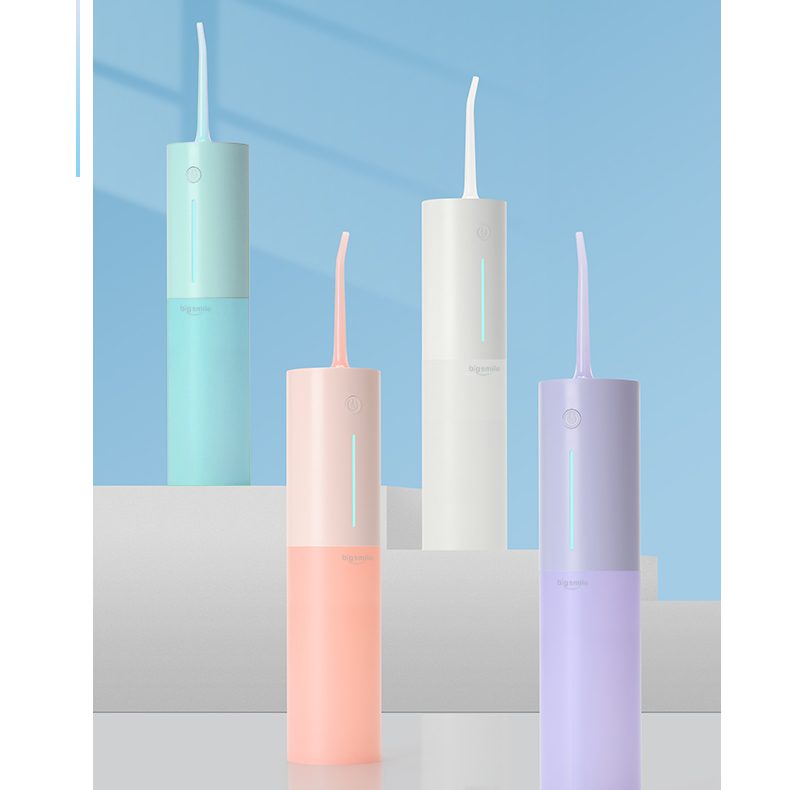
Finally, I hopes that the water flosser recommended today can help you complete orthodontic treatment more easily and smoothly and become beautiful as soon as possible.